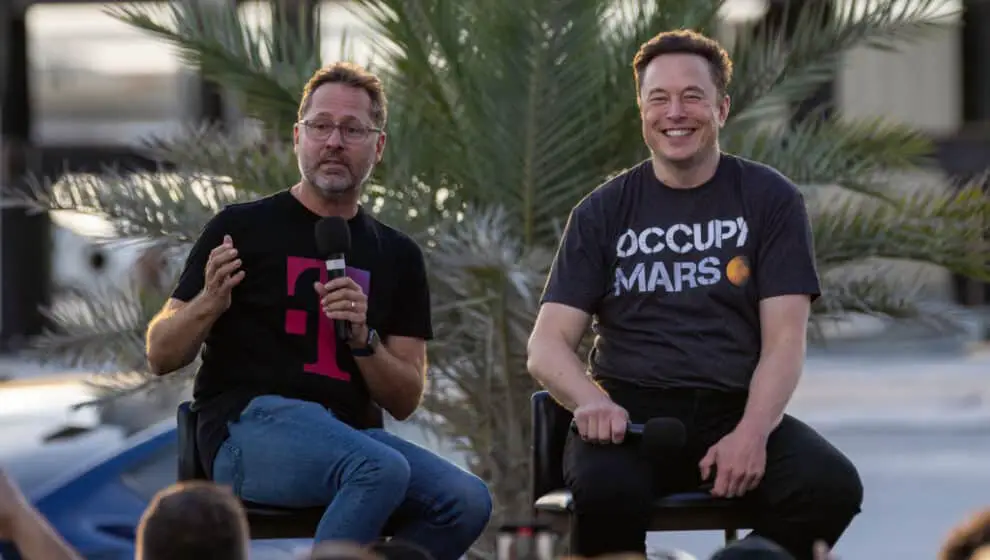Elon Musk’s SpaceX is teaming up with T-Mobile to provide satellite connection to cell phones across the U.S.
Key details
The companies announced on Thursday that they will use Starlink satellites to provide service to T-Mobile customers who may be outside of wireless service range. Testing will begin some time in 2023 by allowing select markets to text via satellite connection.
If successful, the partnership would eliminate dead zones, providing users with services in areas where cell towers can’t reach, such as national parks, bodies of water, and rural areas.
Even if the user is in an area affected by natural disasters, the satellite connection would allow users to make phone calls and communicate with those outside of the disaster zone, The Wall Street Journal reported.
The new service won’t replace current cell services, just fill in where cell towers can’t reach.
“This is meant to provide basic coverage to areas that are completely dead,” SpaceX founder Elon Musk said.
Each satellite will be able to provide 2 to 4 megabits per second of bandwidth across its zone. A bandwidth of that size, Musk said, can support around 1,000 to 2,000 voice calls at the same time.
T-Mobile expects that the new service will be compatible with most smartphones on the market. The new service will be included in the company’s most popular monthly plans, according to The Wall Street Journal.
Currently, users in remote areas in need of cell phone services are left with expensive or impractical methods. Satellite phones generally have bulky antennas and come with expensive plans that charge per minute or message.
Starlink satellites will serve as cell towers, transmitting directly to devices. The cell phone company will dedicate part of its midband spectrum to allow for these connections.
In their current plan, T-Mobil and SpaceX will use second-generation Starlink satellites with large antennas covering large areas of existing dead zones.
SpaceX still has to pass a few regulatory hurdles. The company is still waiting on Federal Communication Commision approval to launch 30,000 second-generation satellites.
Why it’s news
While the partnership could solve the problem of dead zones, some satellite operators have expressed concerns about the size of SpaceX’s fleet. There is a possibility that the number of satellites could cause collisions in the sky.
The satellite service could solve existing problems of little to no cell coverage in certain areas. T-Mobile and SpaceX have already expressed interest in expanding the service globally, The Wall Street Journal reported.
Without the high costs of constructing cell phone towers, service providers could potentially reach a greater area.
